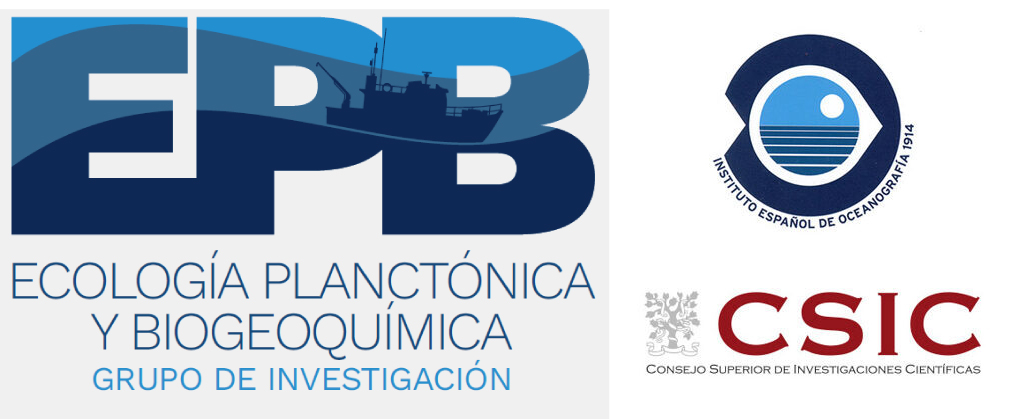EPB contributes to the largest biodiversity database on the planet
This initiative, called BioTIME, is led by the University of St Andrews (United Kingdom) and has just published its second version, containing 12 million records with the abundance of 56,000 species in more than 553,000 marine, freshwater, and terrestrial habitats.
BioTIME 2.0 is the result of the collective work of hundreds of researchers and collaborators in citizen science initiatives that systematically collect observations on species abundance over time in different habitats. Its publication has been made possible thanks to the support from the European Research Council's H2020 program and the collaboration of 485 co-authors from more than 400 institutions in 40 countries. Among them are scientists from several CSIC centers, such as the Spanish Institute of Oceanography (IEO), which has provided 30 years of monthly inventories of plankton abundance and diversity in A Coruña since 1989 thanks to the RADIALES observation program.
BioTIME preserves and enhances the important heritage represented by systematic observation series for research in ecology and ecosystem management. These observations are essential for reliable predictions and effective conservation measures.
The BioTIME 2.0 database is freely available for use by researchers, conservationists, educators, and the general public at the project website: https://biotime.st-andrews.ac.uk
Reference: Dornelas, M. et al. BioTIME 2.0: Expanding and Improving a Database of Biodiversity Time Series. Global Ecology and Biogeography 34, e70003 (2024). https://doi.org/10.1111/geb.70003
